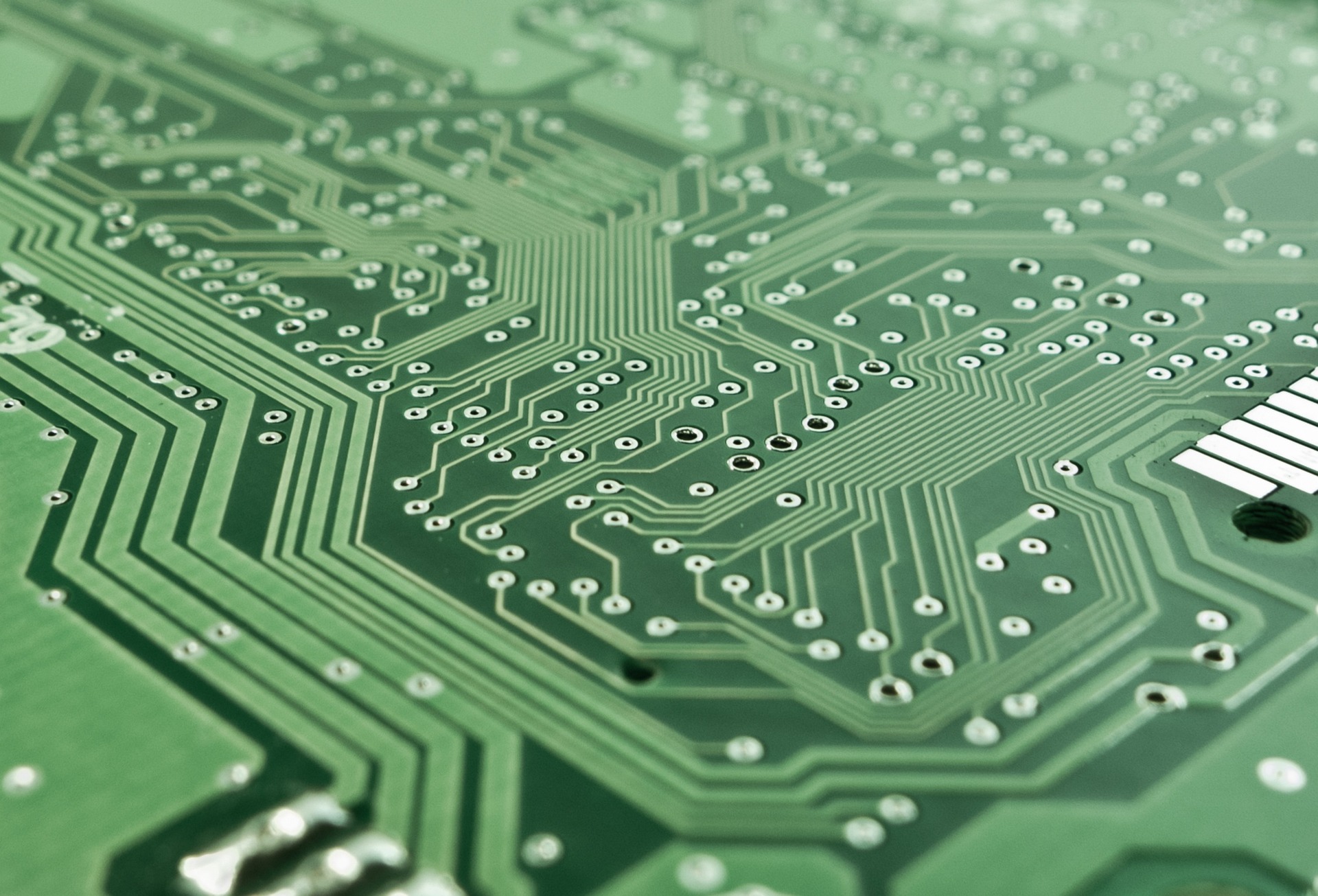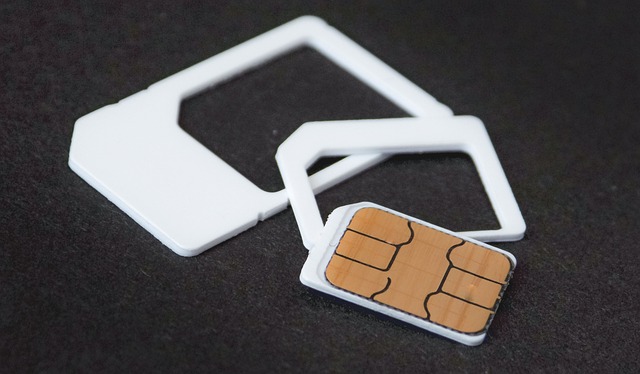"Understanding the Wonders of Digital Twin Technology"
With the rapid advancements in tech, the rise of digital twin technology is swiftly transforming industries. This technology, capable of creating virtual replicas of physical entities, holds promising prospects. Let's dive into digital twin technology, its origins, current updates, price implications, and its potential to revolutionize various sectors.

The Genesis of Digital Twin Technology
The concept of digital twin technology, though seemingly novel, traces its roots back to the Apollo 13 mission. NASA used mirroring systems to replicate their spacecraft for simulations and problem-solving. Over time, with the advent of IoT, AI, and machine learning, this space-age concept evolved into the now-familiar digital twin technology.
Current Advances in Digital Twin Technology
In the contemporary tech landscape, digital twin technology is no longer confined to aeronautics. It is permeating various sectors, from manufacturing to healthcare, and even city planning. Recently, Siemens and IBM announced their collaboration to enhance Siemens’ IoT platform, Mindsphere, using IBM’s digital twin solutions. This collaboration is set to offer advanced simulations for industries, enhancing productivity and efficiency.
The Pricing and Market Impact of Digital Twin Technology
Implementing digital twin technology can be a significant investment, with costs varying based on the complexity of the system. A simple digital twin can cost a few thousand dollars, while an advanced one for an entire city can reach millions. Despite the high price, the market for digital twins is forecasted to reach $48.2 billion by 2026, according to MarketsandMarkets.
The Science Behind Digital Twin Technology
Digital twin technology involves creating a virtual model that replicates a physical object or system in real-time. It utilizes data from sensors to simulate the twin, allowing for analysis, optimization, and potential problem-solving. The combination of IoT, AI, machine learning, and cloud computing is essential for the functioning of a digital twin.
Digital Twin Technology: The Future Outlook
The future of digital twin technology holds immense potential. It could revolutionize various sectors, from enabling personalized healthcare through digital twins of patients, to optimizing city planning with digital replicas of entire cities. With constant advancements, the day might not be far when digital twins become commonplace, potentially transforming our interaction with the physical world.
The world of digital twin technology is fascinating and vast, promising a future where physical and virtual worlds can coexist. As we continue to explore and understand this technology, we can expect to witness a new era of digital transformation that will reshape our lives in ways we can only begin to imagine.




